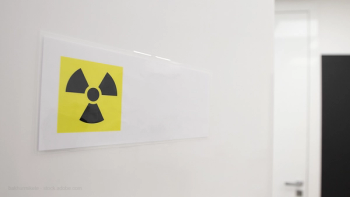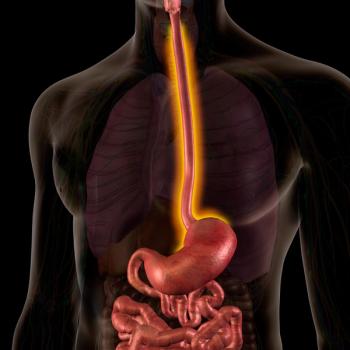
Four Misconceptions About Cancer That Health Execs Should Know
New cancer developments and research can be challenging to sort through. Here are four misconceptions about cancer that you should know.
If there’s one constant in contemporary healthcare, it’s change. With a constant parade of new cancer developments enhancing long-standing knowledge, sometimes it’s a challenge to sort out the reality from assumptions that may be off-base.
Healthcare execs should be aware of these four misconceptions about cancer:
1. Death rates from all types of cancer are declining. While overall cancer death rates have declined in the U.S., that’s not true for all types of cancer. For the four most commonly diagnosed cancers in the United States (breast, colorectal, lung, and prostate cancer) death rates have been declining over the past decade. But for some other types including brain, liver, and uterine cancer, mortality rates have been increasing in recent years, according to the American Association for Cancer Research.
And the differences aren’t just tiny statistical blips. For example, CDC figures show that liver cancer death rates for men increased 43% between 2000 and 2016 (from 10.5 to 15.0 per 100,000) and 40% for women (from 4.5 to 6.3 per 100,000) during the same time period. Similarly, uterine cancer rates rose from 4.2 to 4.8 per 100,000 between 2000 and 2015.
2. Thanks to recent advances, cancer treatment has become less complex. “The complexity of cancer treatment may be underestimated or misconceived,” says Marcus Neubauer, MD, chief medical officer for the US Oncology Network, headquartered in The Woodlands, Texas. Even the initial step of making or confirming a diagnosis may not be straightforward, often with results that must be pieced together.
“Sometimes the pathology, lab or imaging results are conflicting or vague and require making a judgement,” he says.
Another challenge is explaining the disease, answering questions and managing the anxiety and fears of the cancer patient, which doesn’t stop at the first visit. Still other complexities range from the use of implanted treatment devices to dealing with side effects and drug reactions.
“Cancer for many patients isn’t a finite disease with finite treatment,” Neubauer says. “Even if treatment starts and then stops, cancer can recur which would start the whole process over again.”
3. Follow-up costs for cancer patients are generally not significant compared to the direct costs for treatment.
“Payers and providers should be conscious of the often-exorbitant amount of additional out-of-pocket and indirect costs not directly associated with their standard and/or exploratory anti-cancer treatment,” says David Arons, JD, CEO of the National Brain Tumor Society in Newton, Massachusetts. He notes that patients with invasive cancers require a high volume of costly and ongoing medical interventions that don’t end when conventional therapy concludes. In the case of patients who fail conventional therapy, access to experimental treatments (including clinical trials and/or expanded access protocols) or hospice care may be necessary.
“For those patients able to achieve durable remission following anti-cancer treatment, they will often require survivorship care to cope with the effects of treatments such as the potentially devastating impact of surgical intervention and/or radiation to the delicate regions of the brain and spine,” Arons says. These include medications and care subsequently administered to counteract or control side-effects of the anti-cancer treatments, all of which add to the overall expense.
4. Limiting staffing commitments is the best way to fight the high costs of cancer care. Reducing staff is certainly a proven way to cut expenses, but it can also limit the quality of care.
“The staff that it takes to manage one patient is large,” Neubauer says. This can include a phone triage nurse, infusion nurse, advanced practice provider (APP), lab personnel, and pharmacist. It might also include a financial counselor and potentially, a social worker, nurse navigator, and/or a nutritionist.
“Front and back office personnel should also be included in this list of staff,” Neubauer adds, cautioning against underestimating the scope of personnel commitments involved in high-quality cancer care.
Mark Rowh is a Virginia-based freelance writer whose interest areas include healthcare, business, and higher education.
Newsletter
Get the latest industry news, event updates, and more from Managed healthcare Executive.






















































